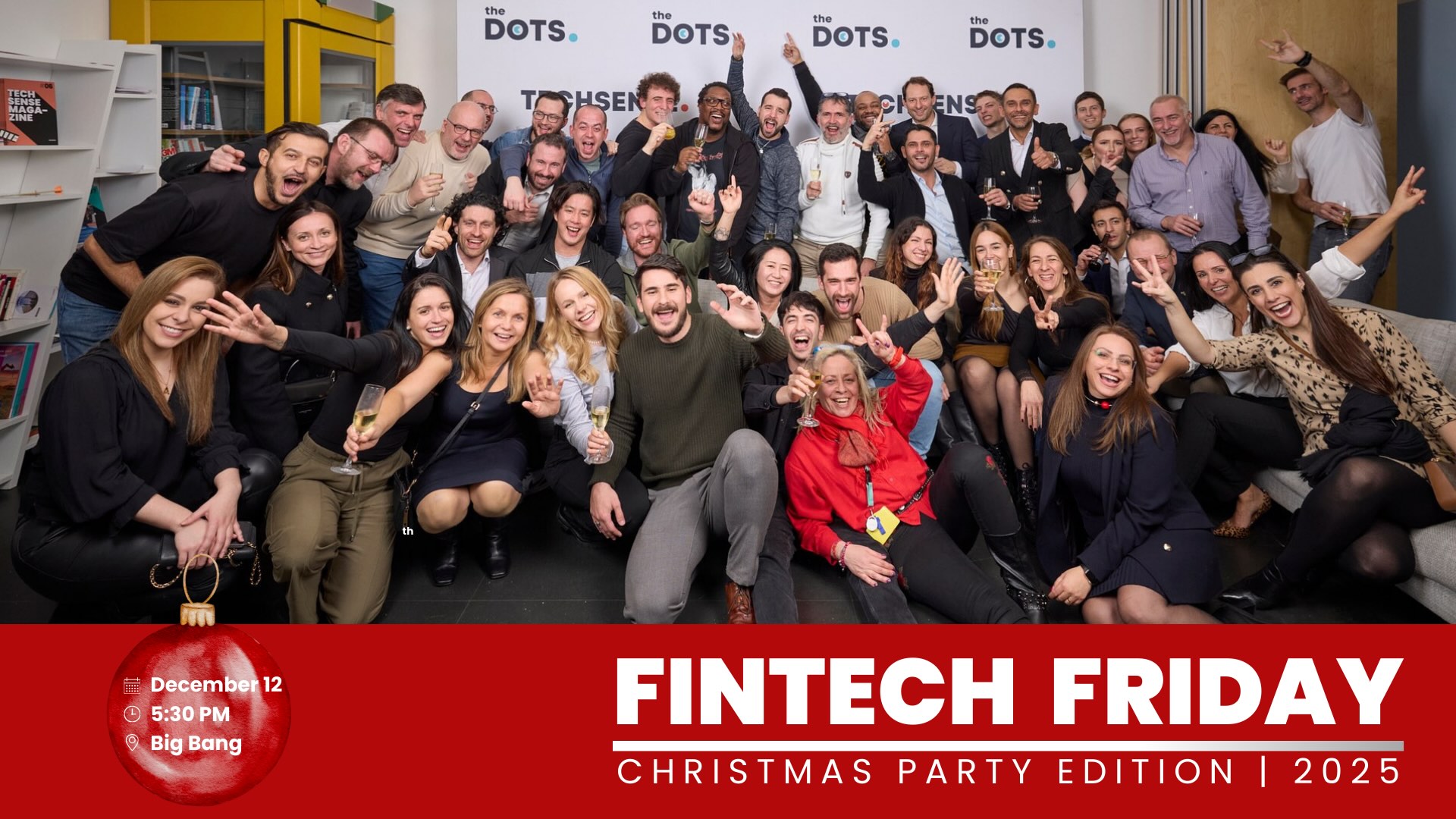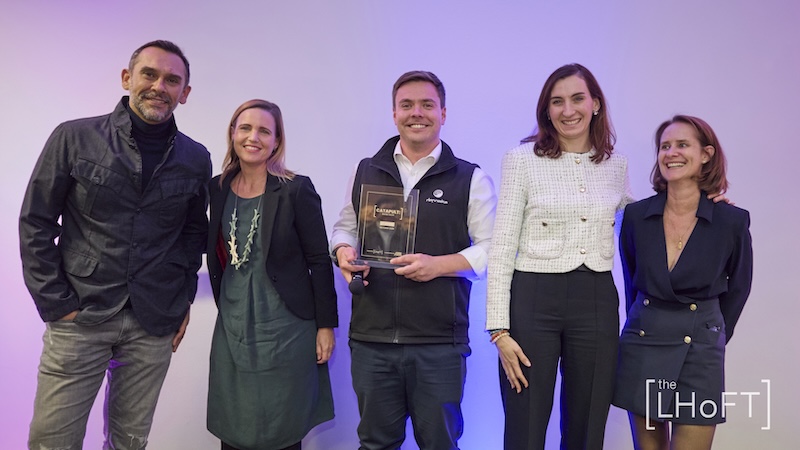Blockchain-applied series: Crypto-assets, nothing but opportunities
April 2, 2019

Description
 PwC Luxembourg is introducing the blockchain-applied series that will bring together inspirational keynotes, panel discussions, blockchain exhibitions, and a host of networking opportunities.
PwC Luxembourg is introducing the blockchain-applied series that will bring together inspirational keynotes, panel discussions, blockchain exhibitions, and a host of networking opportunities.
Through this series, we intend to discuss the latest developments and insights on the ever-evolving blockchain technology and its applications.
The first round of the blockchain-applied series focusing on: Crypto-assets, nothing but opportunities
For this first event, PwC is addressing the biggest crypto-asset dimensions involving renowned international players, local flagship companies and experts on blockchain and crypto-assets:
- Custody and safekeeping
- Payments and settlement
- Tokenisation
To name but a few, Ledger, Ripple, Hedera Hashgraph, Coinplus, Tokeny will be on stage to cover the topics.
The event will be kicked off by a keynote speech from Henri Arslanian, the PwC FinTech & Crypto Leader for Asia who leads PwC’s crypto efforts around the world.
During the networking cocktail, the participants will have the unique opportunity to meet a dozen of local actors in a crypto-fair and discuss with them their business and new trends in crypto-assets.

Please note that the number of seats is limited for this event.
For any requests, do not hesitate to contact PwC events organisation team at [email protected]







